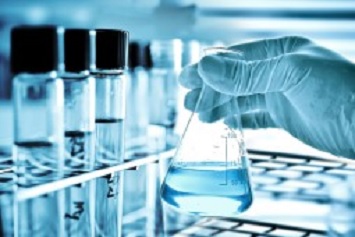On August 3, 2020, the EPA announced it is awarding $3,980,782 to 5 academic research teams for the development of New Approach Methods (NAMs) for evaluating chemical toxicokinetics.
 Toxicokinetics is defined as the study of “how a substance gets into the body and what happens to it in the body,” according to the U.S. National Library of Medicine. This website describes four process involved in toxicokinetics:
Toxicokinetics is defined as the study of “how a substance gets into the body and what happens to it in the body,” according to the U.S. National Library of Medicine. This website describes four process involved in toxicokinetics:
- “Absorption—the substance enters the body.
- Distribution—the substance moves from the site of entry to other areas of the body.
- Biotransformation—the body changes (transforms) the substance into new chemicals (metabolites).
- Excretion—the substance or its metabolites leave the body.”
“NAMs allow researchers to better predict potential hazards for risk assessment purposes without the use of traditional methods that rely on animal testing,” according to the EPA’s news release.
“These awards will be used to develop tools that help industry and EPA evaluate the safety of chemicals more quickly and cheaply,” said EPA Administrator Andrew Wheeler. “This research will be another step toward EPA’s goals of more widespread application of NAMs and reduction in animal testing.”
The five teams receiving the awards are Purdue University, West Lafayette, Indiana; Texas A&M University, College Station, Texas; University of Nevada, Reno, Nevada; Vanderbilt University, Nashville, Tennessee; and Woods Hole Oceanographic Institution, Woods Hole, Massachusetts.
The Purdue team is tasked with creating “an integrated blood brain barrier computer model to help determine if a chemical may cause neurotoxicity.” Texas A&M will research to “help integrate different types of chemical safety testing for more robust results.” The University of Nevada team is focused on developing “better estimations of the bioavailability of chemicals in order to assess the significance of public exposure.” The Vanderbilt team is working on “methods to refine organ-on-chip devices for chemical testing.” Finally, the Oceanographic Institution is to “determine how zebrafish metabolism can be better correlated to the human metabolism to improve models for chemical toxicity testing.”
The grants for each research team will be up to $800,000 and are allocated through the EPA’s Science to Achieve Results (STAR) Program.
“Their projects will address gaps in ways to obtain data for informing chemical toxicokinetics and exposure-related factors not currently considered,” according to the EPA news release. “Toxicokinetics are an important component of understanding how chemicals can impact health by looking at chemical concentrations that cause changes at the cellular or molecular level. New methods, tools, and approaches can improve our ability to predict a chemical’s health impacts and reduce uncertainty as the science moves from laboratory approaches to real world scenarios.”
Companies interested in learning more about the EPA’s safer chemical research can visit https://www.epa.gov/chemical-research.
To learn more about the EPA’s STAR program and its recipients, visit: https://cfpub.epa.gov/ncer_abstracts/index.cfm/fuseaction/recipients.display/rfa_id/653/records_per_page/ALL.
